LTIMindtree places a strong emphasis on Environmental, Social, and Governance (ESG) practices, regularly assessing ESG risks and incorporating them into investment decisions. The company’s community development programs focused on environment, education, empowerment, and health and nutrition have been instrumental in enhancing the resilience of underprivileged individuals and uplifting communities.
By collaborating with a wide range of stakeholders, including government agencies, NGOs, and local communities, it is creating sustainable, long-term solutions that have a positive impact on education, empowerment, sustainable farming, and dignified livelihoods through Self-Help Groups (SHGs).
Recognizing the importance of carbon and water neutrality, LTIMindtree has also embarked on a transformative journey to reduce its carbon footprint and conserve natural resources. Its goal is to become Carbon & Water Neutral by 2030, and it has developed a comprehensive ESG roadmap to achieve this objective.
In an exclusive interview with TheCSRUniverse, Paneesh Rao, the Global Head of Sustainability at LTIMindtree, shares insights into the company's approach to long-term sustainability and its integration into overall business strategy and operations. Mr Rao provided valuable insights into the company's sustainability journey, its commitment to corporate social responsibility, and the innovative approaches taken to address environmental challenges.
Read this interview to delve into the conversation and gain a deeper understanding of LTIMindtree's sustainability efforts and the role they play in shaping a better future.
Q: Can you provide an overview of LTIMindtree's approach to long-term sustainability? How does the company integrate sustainability into its overall business strategy and operations?
A: At LTIMindtree, our core vision is to create a sustainable ecosystem. We strive for sustainable growth, innovation, and long-term stakeholder value. Our business strategies align with the Sustainable Development Goals (SDGs) and global frameworks such as GRI, UN SDGs, UNGC, and SBTi.
ESG is of utmost importance to us and we adopt best-in-class practices to regularly assess ESG risks and review them with our board committee. ESG also guides our investment decisions.
Through our community development programs, we enhance the resilience of underprivileged individuals. Our initiatives focus on areas like environment, education, empowerment, and health and nutrition. We also extend support to provide timely relief during natural calamities and disasters.
At LTIMindtree, sustainability is more than a goal; it's a commitment that permeates all aspects of our operations and engagement with the community.
Q: In your opinion, what role does technology play in enabling sustainable solutions, and how is LTIMindtree harnessing technology for positive change?
A: Technology plays a crucial role in developing sustainable solutions for enhancing energy efficiency, waste and water resource management, promoting sustainable agriculture, and developing nature-based tools to reduce greenhouse gas emissions. It also has the potential to accelerate progress towards all the 17 UN Sustainable Development Goals.
AI and machine learning tools are instrumental in analyzing and transforming large datasets into intelligent insights. These insights enable better services, informed investments, and effective measurement, reporting, and accountability. By utilizing the right Key Performance Indicators (KPIs) and tools, companies can overcome biases and make strategic decisions aligned with their goals.
At LTIMindtree, we offer IoT-based sustainable solutions to our clients that assist them in reducing their greenhouse gas footprint and achieving their net-zero and water-positive goals. We also focus on implementing product innovations and value chain solutions. Internally, we leverage technology to minimize energy consumption and manage waste and water resources effectively.
Q: Can you provide examples of projects or initiatives where expertise and innovation have led to significant social and environmental impact?
A: In the past, we have successfully implemented projects and initiatives that have had a positive impact on both social and environmental aspects. Some notable examples include the transition emission calculator, digitization of forestry operations, IoT-based carbon sequestration calculation, and the classification of health and wellbeing parameters.
Currently, our focus is on developing and leveraging enhancedIoT solutions to create a roadmap for achieving net zero emissions and becoming water positive entity. These solutions encompass various indicators and factors aimed at reducing greenhouse gas emissions and promoting sustainability.
Q: LTIMindtree has made a commitment to achieving carbon neutrality. Could you elaborate on the steps taken to reduce the company's carbon footprint? How has LTIMindtree addressed the challenges and opportunities associated with transitioning to a low-carbon economy?
A: To reduce our carbon footprint, we have set ambitious goals and undertaken various initiatives. We are optimizing energy resources, increasing renewable energy usage, minimizing business travel, adopting a hybrid work model, and collaborating with key suppliers to reduce supply chain emissions. In our CSR efforts, we work with NGOs to enhance carbon sinks and mitigate greenhouse gas emissions through projects like mangrove plantation, forest preservation, sapling plantation/tree maintenance, and eco chulhas/cook stove deployment. All projects are thoroughly assessed by third parties to ensure their effectiveness.
Challenges are an integral part of our journey towards success. During the initial phase of establishing baselines and setting targets, we faced a programmatic issue related to collecting accurate data, defining key performance indicators (KPIs), and creating awareness among data owners and external stakeholders, particularly NGOs. We had to provide initial guidance and support to help our partner NGOs understand the requirements and the importance of the task at hand. We collaborated closely, recognizing that the need for a low-carbon economy will continue to grow globally.
We are pleased to share that our NGOs and related stakeholders have made significant progress alongside us. There has been a tangible improvement in reporting methods and assessments, reflecting their growth and alignment with our goals.
Q: Water scarcity is a pressing global concern. What measures has LTIMindtree taken to manage its water consumption and promote water neutrality? Are there any specific water conservation projects or initiatives that you would like to highlight?
A:Water scarcity is a significant concern, and the current consumption rate coupled with the absence of recycling initiatives and water treatment plants, exacerbates the situation. Rivers, lakes, and aquifers are drying up or becoming too polluted for use, and more than half of the world's wetlands have disappeared. Inefficient agricultural practices contribute to excessive water consumption and wastage, while climate change disrupts weather patterns, leading to floods and droughts scenarios. Studies predict that by 2025, two-thirds of the global population may face water shortages.
To address this pressing issue, it is crucial for corporations and individuals to reduce freshwater consumption per capita. Our goal is to become five times water positive by 2030 and decrease freshwater consumption per full-time equivalent (FTE) employee by 40%. However, in our water resource management journey, we have encountered challenges in obtaining accurate and sufficient data. As many of our premises are leased, water consumption data becomes problematic and often needs to be calculated based on occupancy or office area. To overcome this, we are installing separate smart water meters at such locations.
Within our facilities, we have implemented water-efficient fixtures, improved the efficiency of water treatment plants, replenished groundwater sources, and captured rainwater from rooftops. Additionally, we have dedicated water conservation projects for communities, including the construction of farm ponds, check dams, and reservoir replenishment.
Q: Can you share some of the strategies or initiatives that have helped LTIMindtree reduce its carbon emissions? What were the key milestones or achievements for LTIMindtree in its journey towards carbon and water neutrality until 2022?
A: We are committed to drive several endeavors in minimizing our environmental impact. Our top priority is reducing carbon emissions through internal resource optimization. We have implemented energy-efficient appliances, optimized data centers, HVAC systems, motors, and lighting. We have also increased the use of renewable energy, implemented a hybrid work model, and encouraged CNG vehicle usage. Currently, renewable energy accounts for 53%, and we aim to reach 85% by 2030. Water consumption has been halved since FY18-19, and energy consumption has decreased by over 30%.
Q: Collaboration and partnerships are essential in addressing sustainability challenges. Can you discuss any collaboration or partnerships that LTIMindtree has engaged in to drive sustainable innovation and create a positive impact in the industry?
A: Collaboration is crucial for sustainability. It has been proved consistently that to creating positive impact on the environment and society requires partnerships and a collaborative approach. Through collaboration, we maximize the effectiveness of our initiatives and create lasting positive change within communities.
At LTIMindtree, we have partnered with esteemed institutions like IIT Bombay, IIT Madras, IIIT Hyderabad, National Institute of Industrial Engineering, VeermataJijabai Technological Institute, and others. Through these partnerships, we have undertaken research and development projects to create essential solutions and products that address community issues. By combining resources and expertise, we have made significant progress in tackling societal and environmental challenges.
In our CSR initiatives, we collaborate with NGOs and local communities on an on-going basis. This collaboration has led to remarkable outcomes, including improved learning, better health indicators, enhanced skills, increased income levels, and a shift in mindset from receivers to contributors. Our collaborative projects adapt to current trends and meet evolving community needs, fostering sustainable development.
Q: How does LTIMindtree promote employee engagement and awareness in sustainability practices? Are there any employee-driven initiatives that have made a significant difference in advancing sustainability within the company?
A: To promote employee engagement and sustainability awareness, we employ a two-pronged strategy: celebrating special days and creating continuous awareness with appropriate knowledge.
We organize events/initiatives on various ocassions, such as Earth Hour, Pride Month and World Environment Day, in collaboration with our employees. Through well-planned communication and engaging activities, we encourage their active participation. These initiatives serve as reminders of our collective responsibility towards the environment and inspire our workforce to contribute to sustainability efforts.
In addition, we encourage employees to participate inour online module called 'Zero Waste Living 101'. This course provides practical tips and insights on adopting a zero-waste lifestyle. It includes DIY exercises that empower individuals to make sustainable choices in their daily lives. On completion of the course, employees are equipped to make a positive impact.
Furthermore, our employees actively volunteer for tree plantation, maintenance, and clean-up drives. These activities enhance afforestation efforts and contribute to community well-being. By engaging in these projects and witnessing the tangible results of their efforts; our employeesfeel proud and motivated to support environmental initiatives further.
Through this combination of leveraging special initiatives, spreading continuous awareness, and active volunteering campaigns, we nurture a culture of sustainability within our organization. By engaging our employees, we empower them to be advocates for positive change, both at the workplace and in their personal lives.
Q: How does LTIMindtree collaborate with government agencies, NGOs, and local communities to address sustainability challenges and create long-term solutions?
A: At LTIMindtree, we have a clear vision for our ESG/Sustainability goals in 2030 and 2040, with established long-term targets. Collaboration is integral, whether with internal stakeholders or external partners.
In our CSR projects, we collaborate with NGO partners and communities through focused need assessment, initial due diligence with periodic monitoring / evaluation andimpact assessmentstudies with social return on investment calculations to ascertain the long-term impact of our initiatives.
Our collaboration has brought remarkable results. It is a win-win situation wherein we grow with our partners and communities continue experience positive changes. With ongoing support, they become empowered, fostering sustainable livelihoods. Such collaboration has bridged gaps, raised awareness, and helped in creating a positive environmental impact on the communities we serve.
Q: Looking ahead, what are the goals or targets set by LTIMindtree for achieving carbon and water neutrality? Are there any specific actions planned for the upcoming years?
A: Certainly, we have a comprehensive action plan in place to achieve our environmental sustainability goals. Our targets are ambitious, and it includes becoming carbon neutral by 2030, achieving five times water positivity by 2030, and reaching net-zero emissions by 2040. To accomplish these objectives, we are actively pursuing several key initiatives such as:
- Sourcing Renewable Energy
- Implementing ESG Incentives
- Collaborating with Suppliers for a Sustainable Supply Chain
- Hybrid Work Model
- Increasing Use of Recycled Water and Reducing Freshwater Consumption
- Recharging Groundwater Sources
- Enhancing Carbon Sink
- Directing Zero Waste to Landfill by 2030
These initiatives demonstrate our dedication to environmental stewardship and our proactive approach to mitigate climate change. By implementing these initiatives, we aim to create a sustainable future for our organization and contribute positively to the planet.



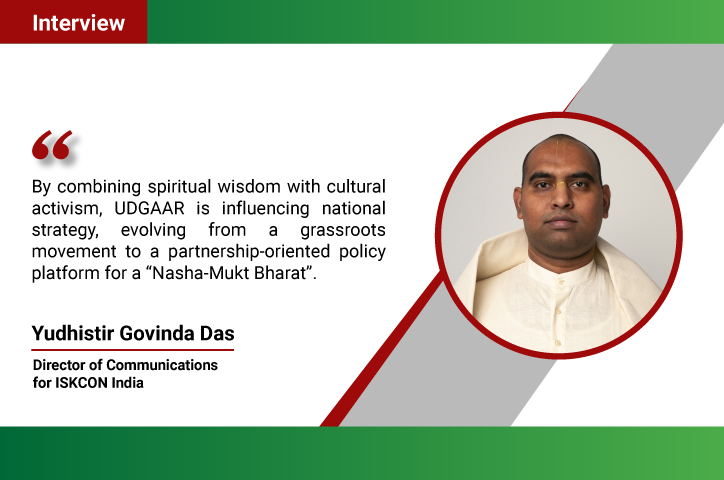

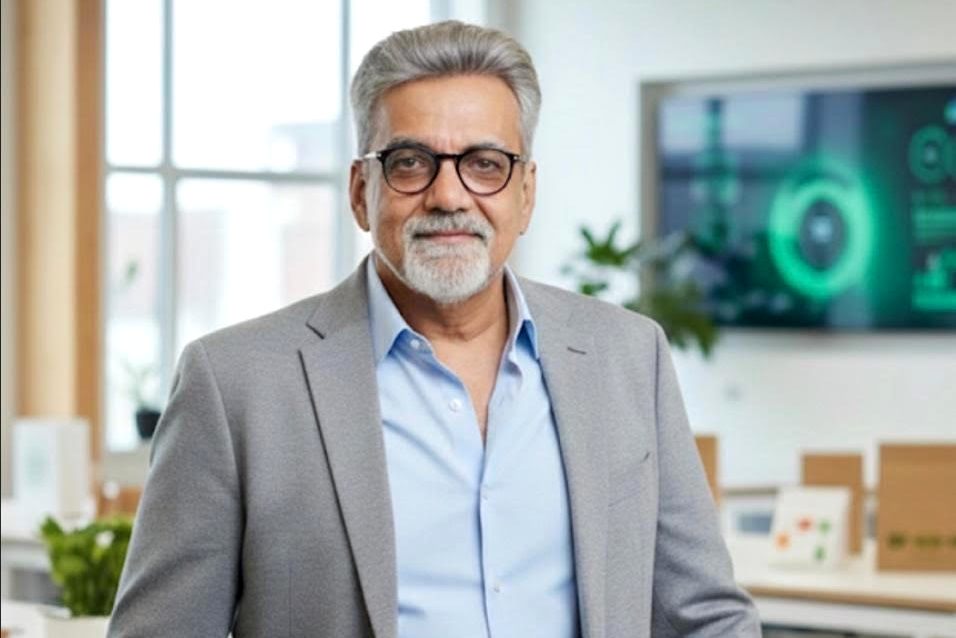


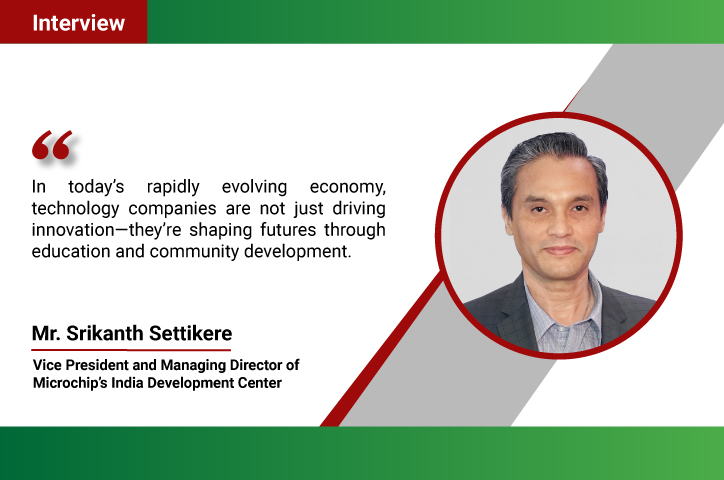
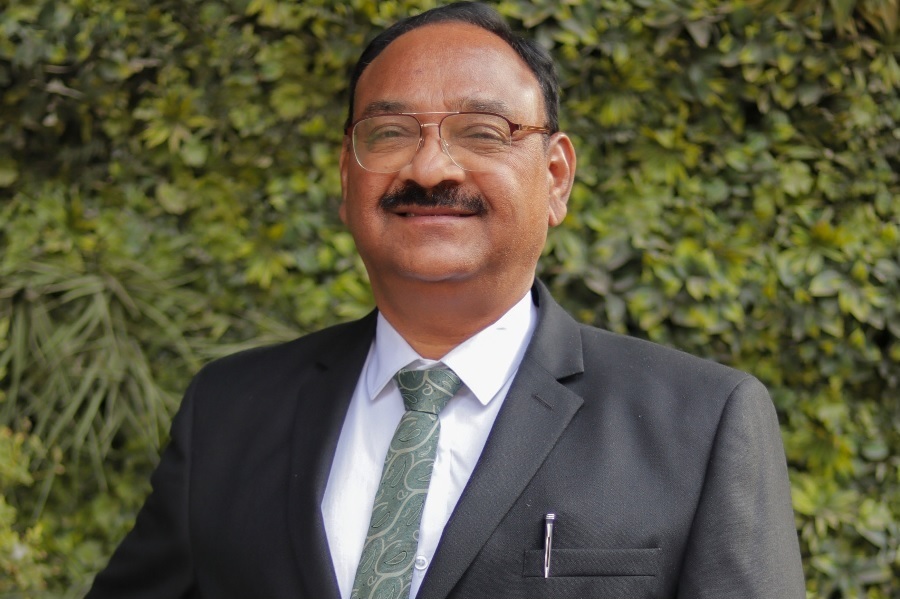
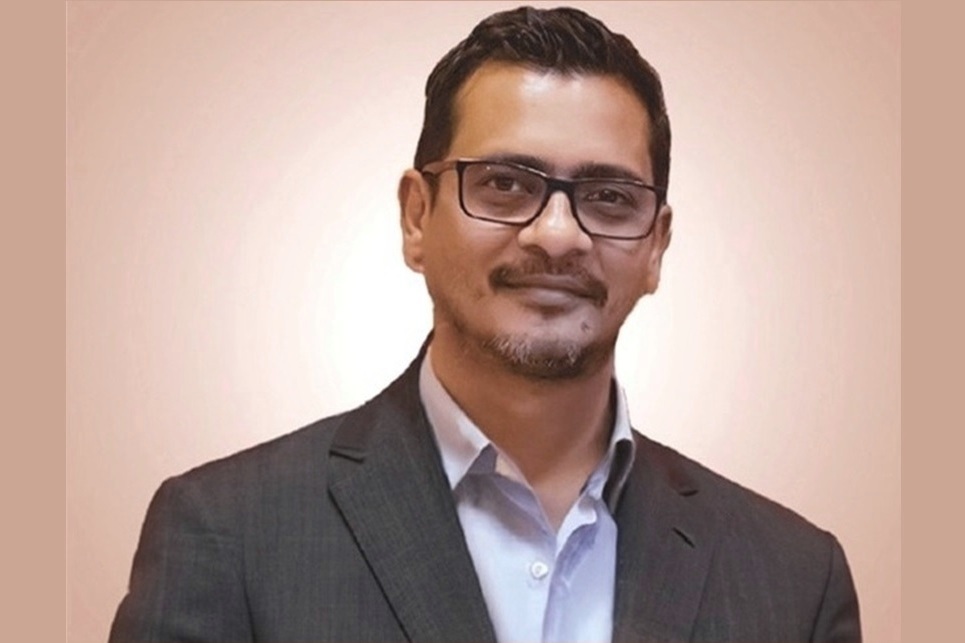



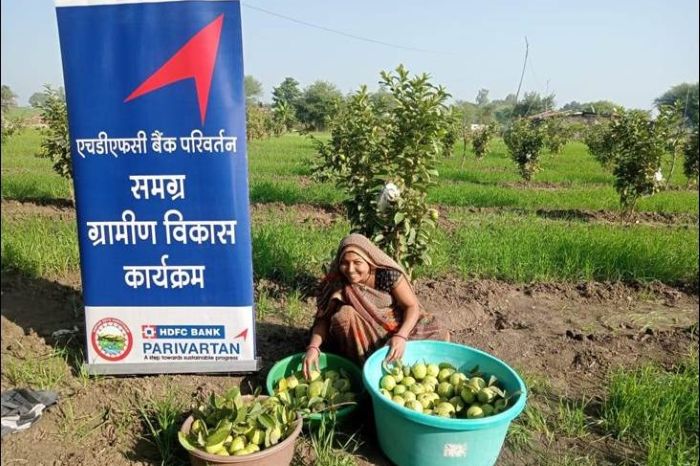


.jpg)




